They feed primarily on small fish; shrimp and crab, and are quite widespread around the coasts of Cuba. It is just occasionally found on freshwater lakes inland. They are active, animated foragers and employ their wings frequently when hunting, either opening the wings briefly to startle their prey, or by keeping the wings extended and open, probably to coax prey to take shelter in the shade of the wings. They also extend their wings fully over the head and hunt beneath the umbrella they create. This “canopy feeding” also attracts prey to a shaded environment and permits the egret to see prey clearly, without sun glare.
Thank you to Ernesto Reyes Mouriño for his great pictures taken recently at Zapata.
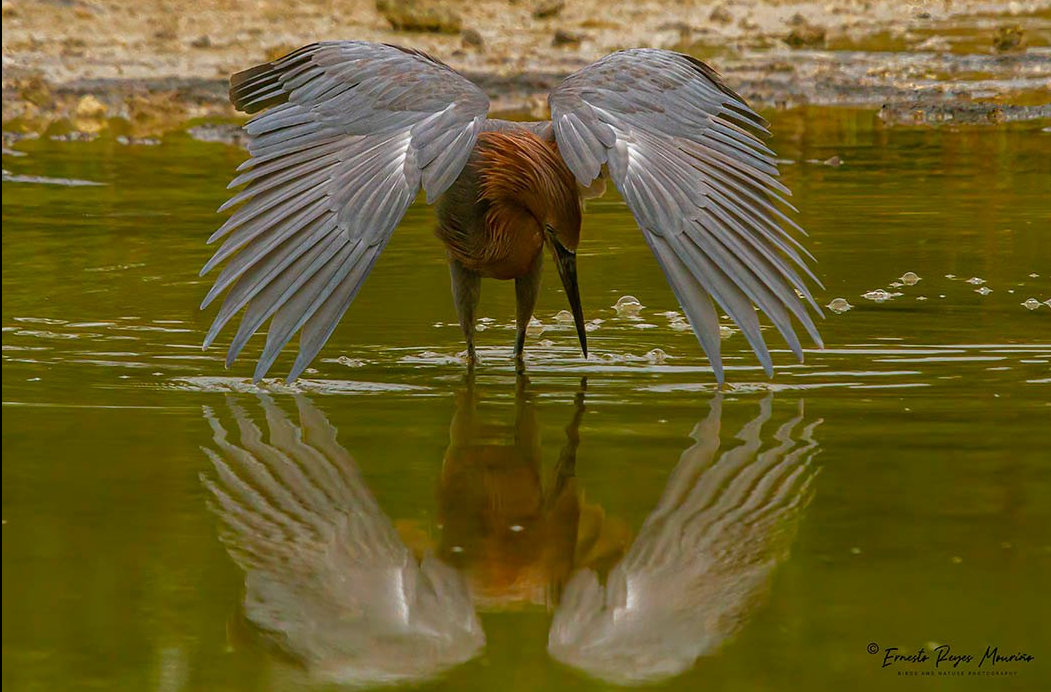
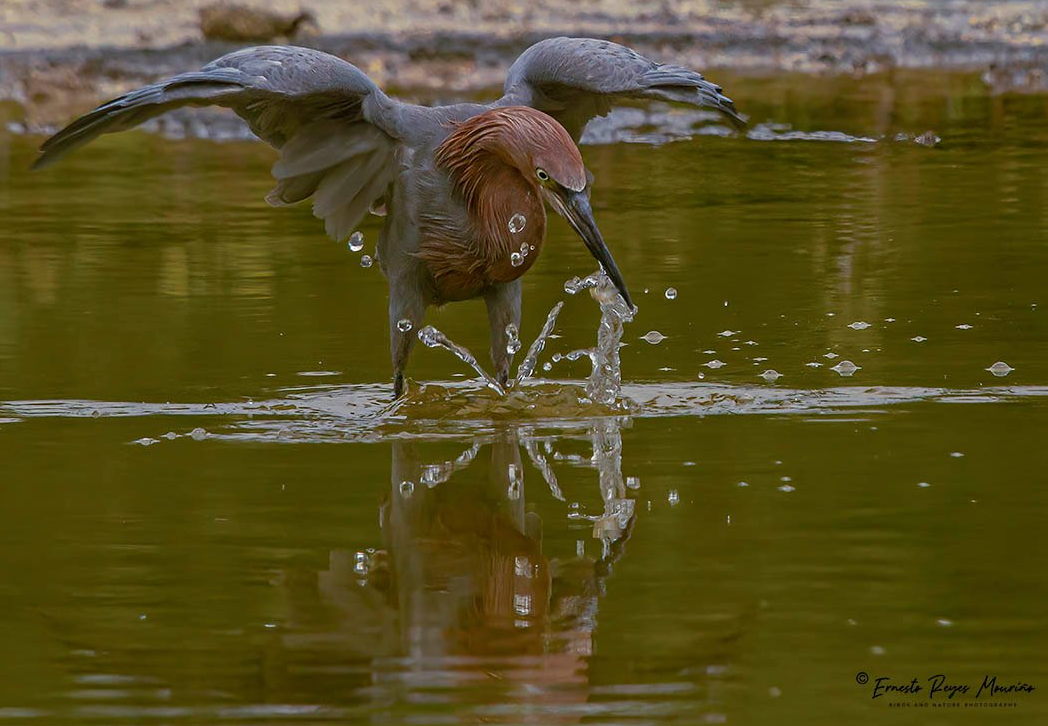
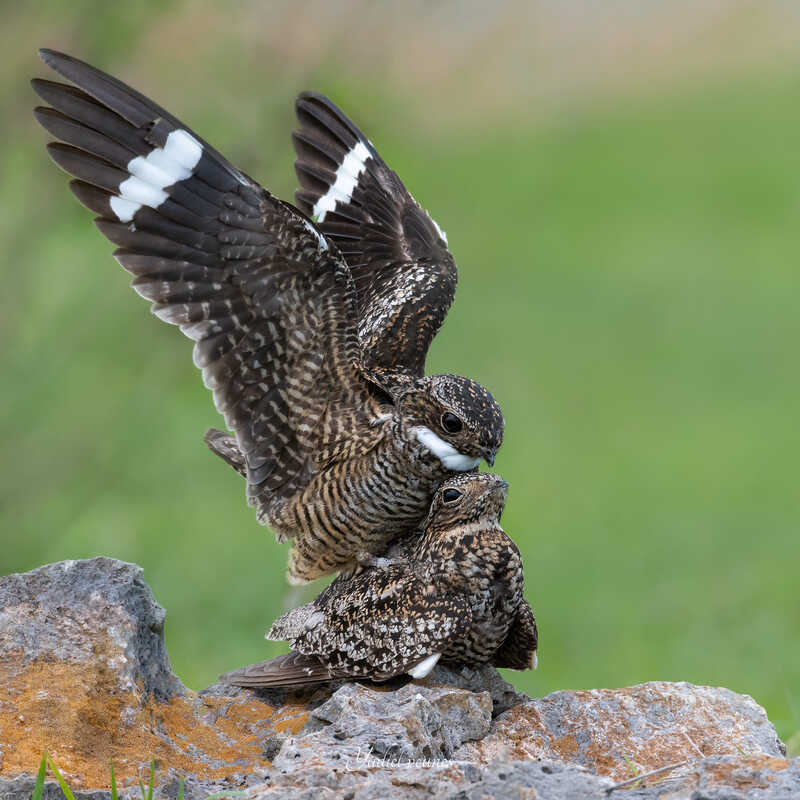
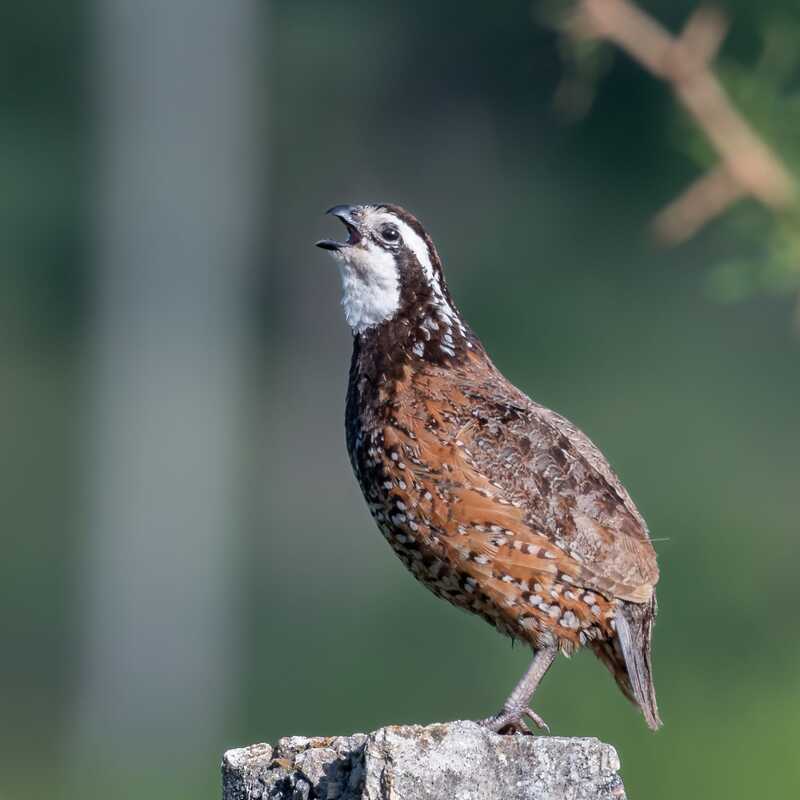
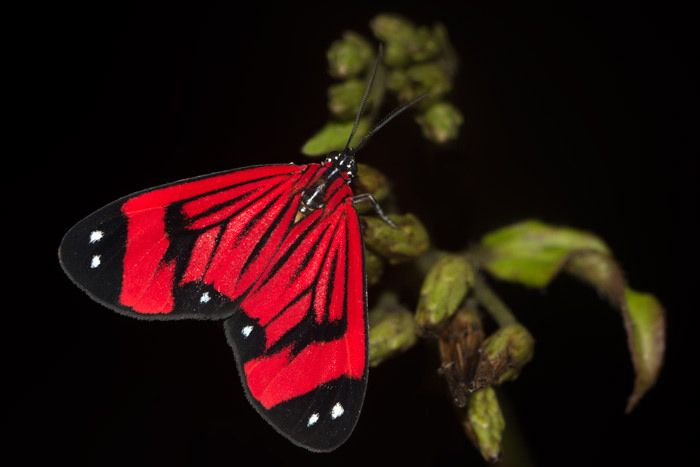
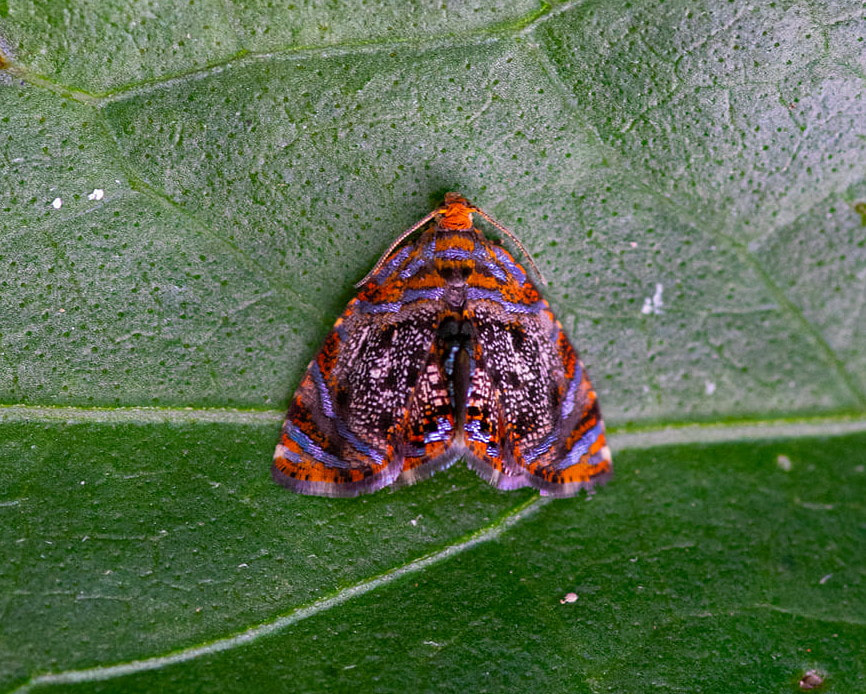
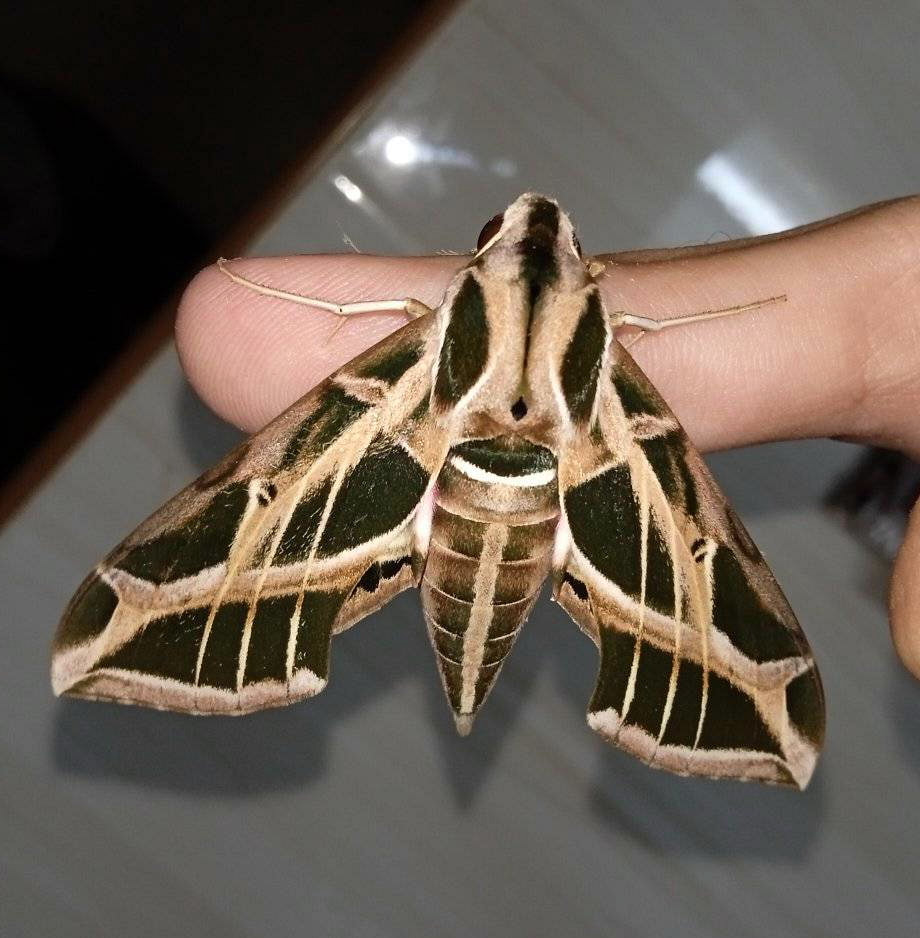



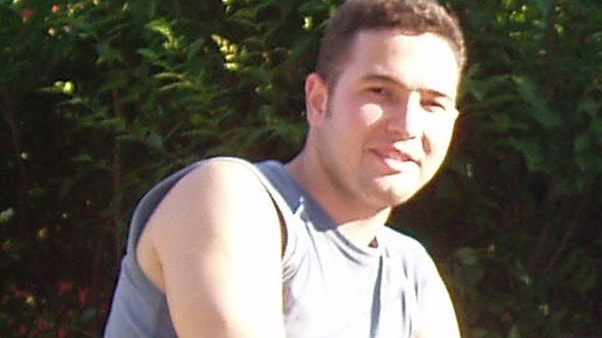

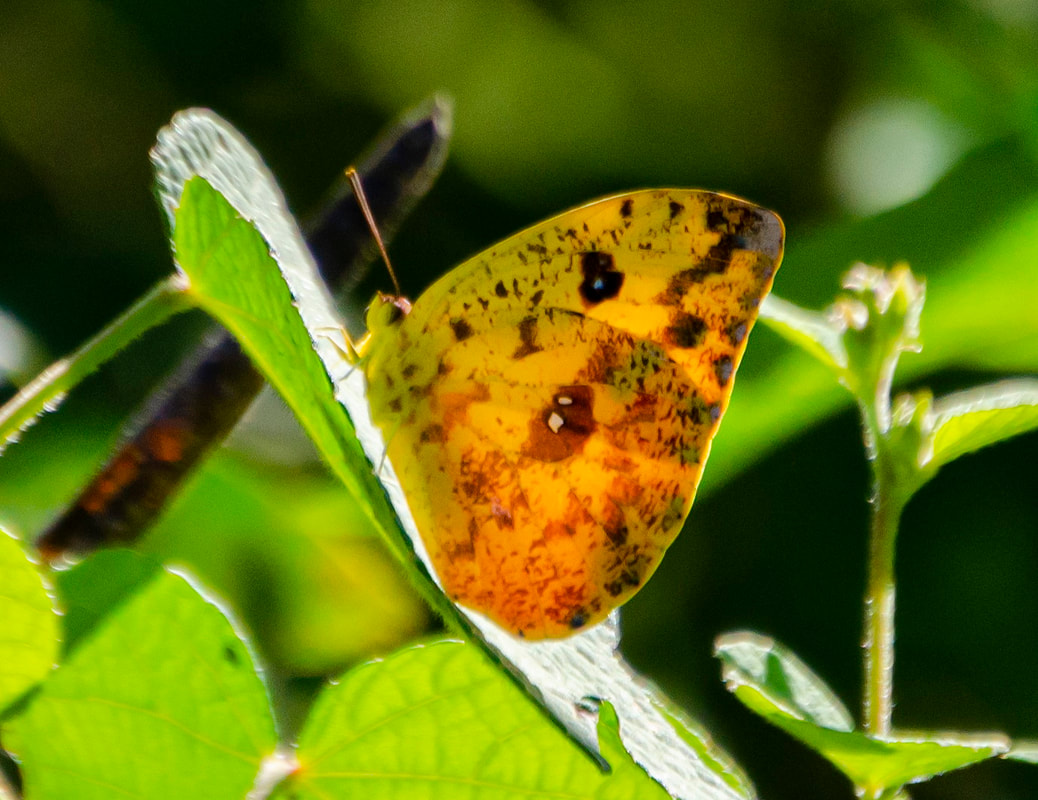
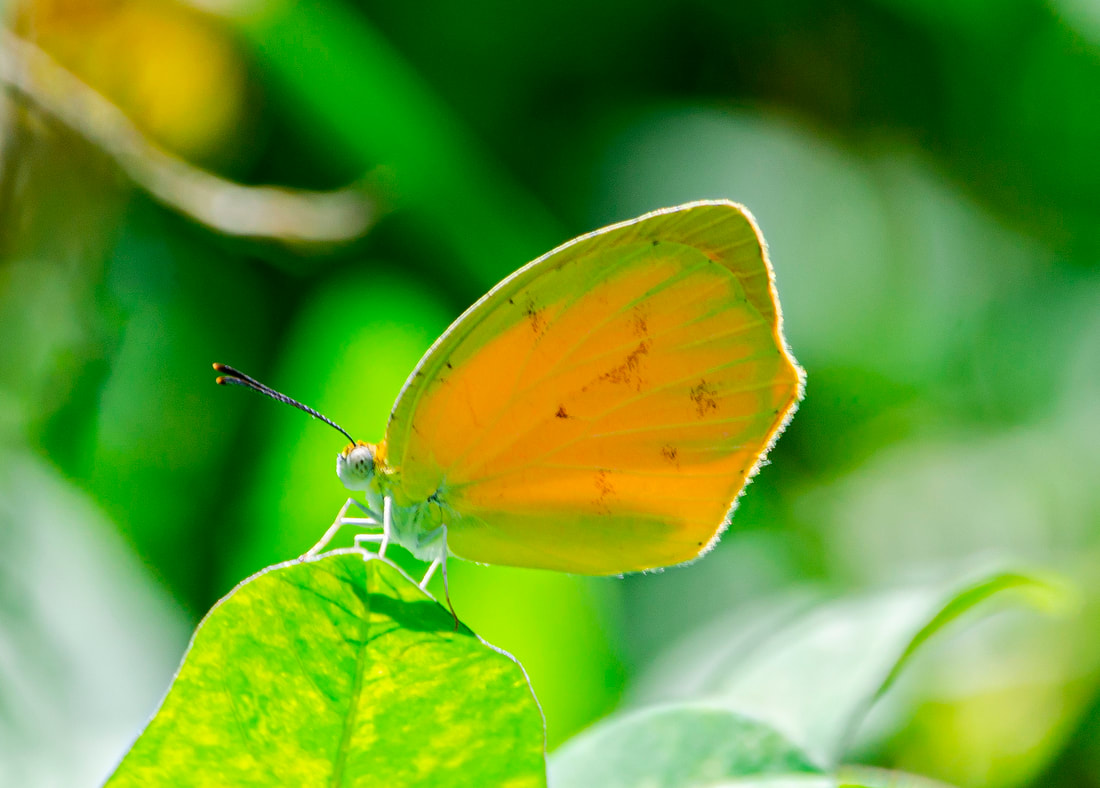
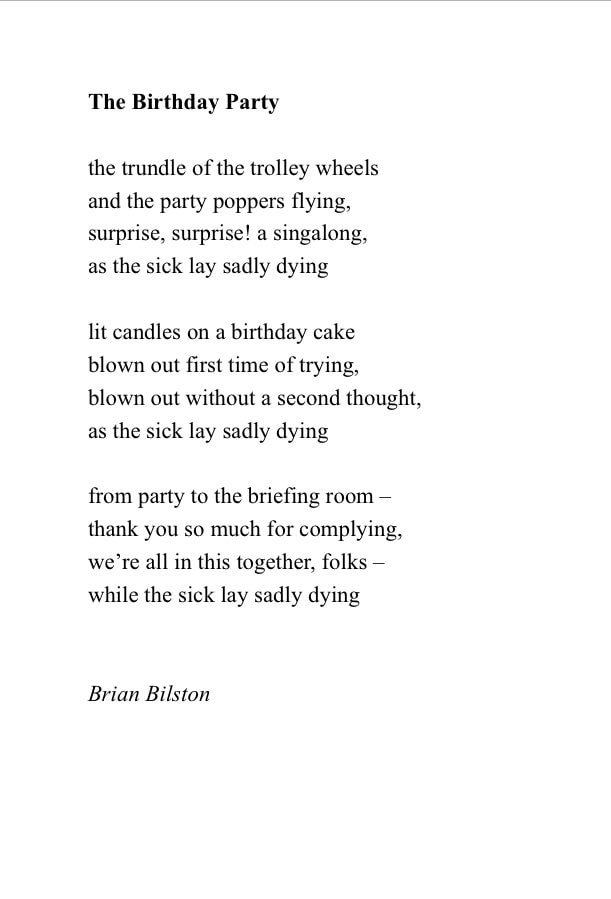
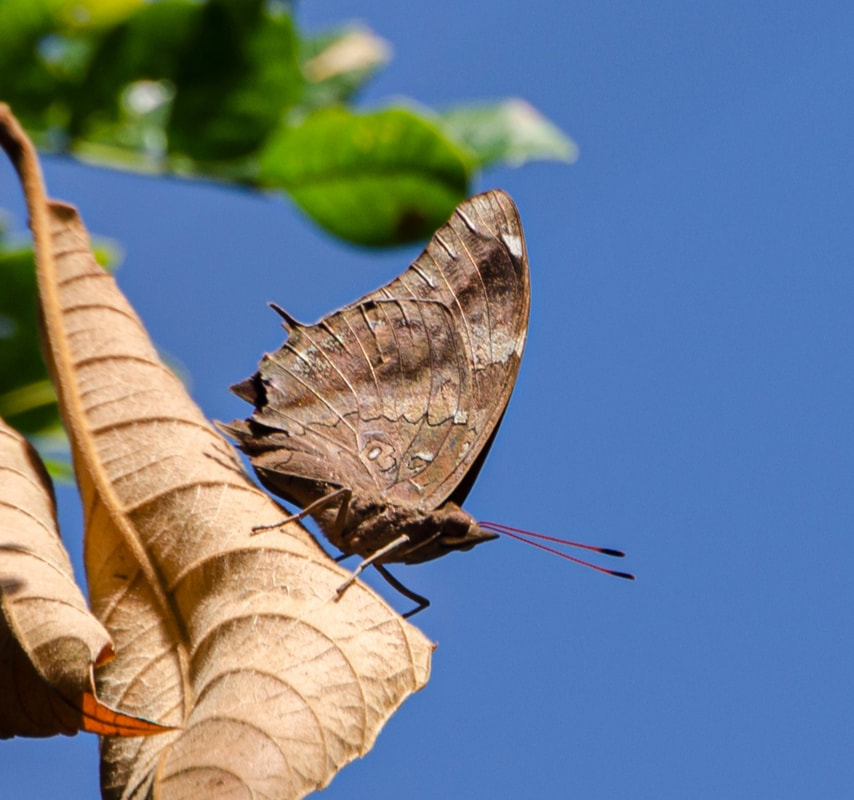
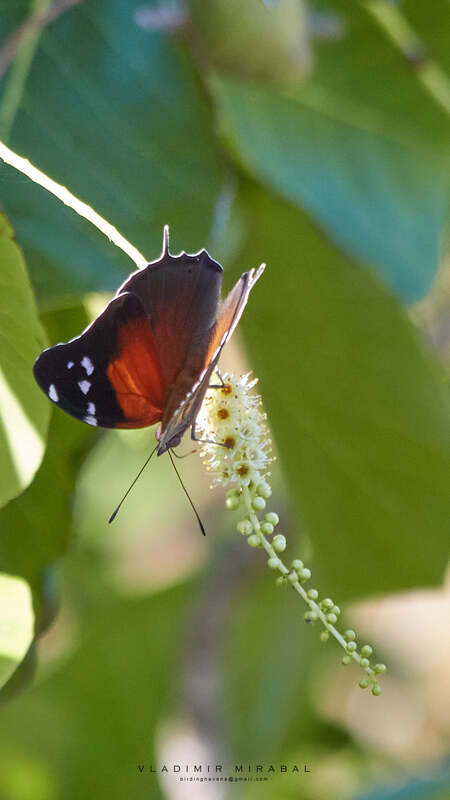
 RSS Feed
RSS Feed